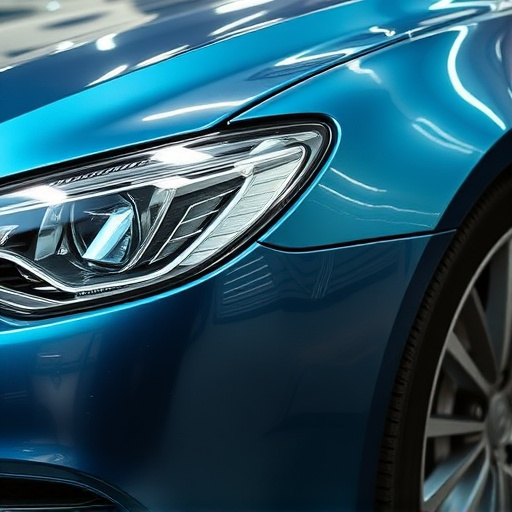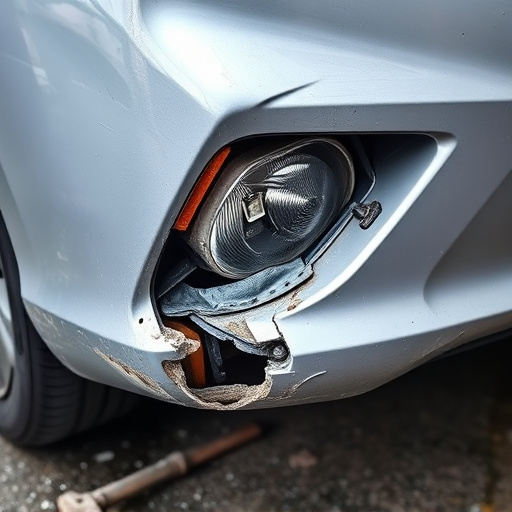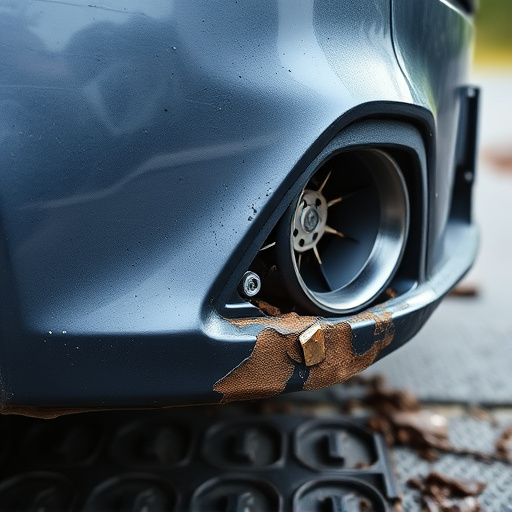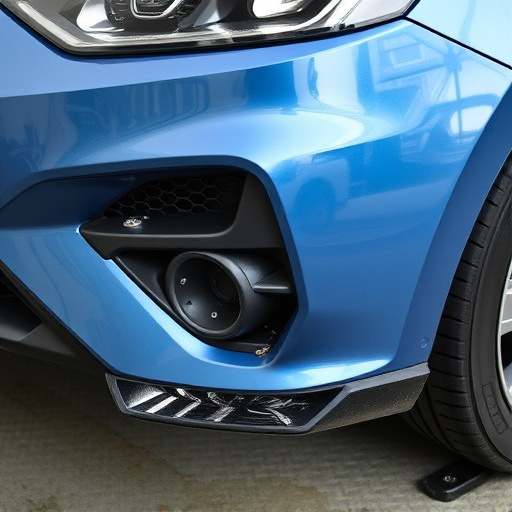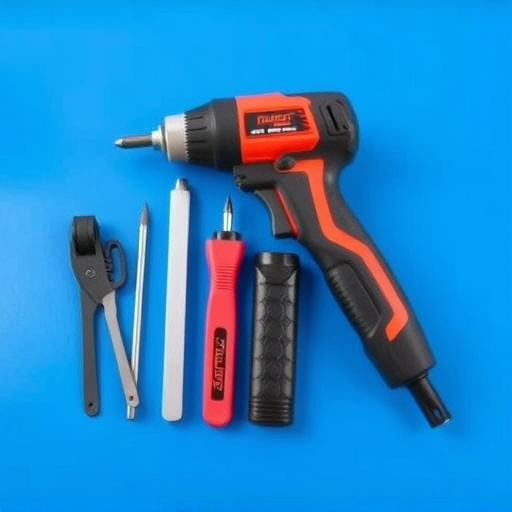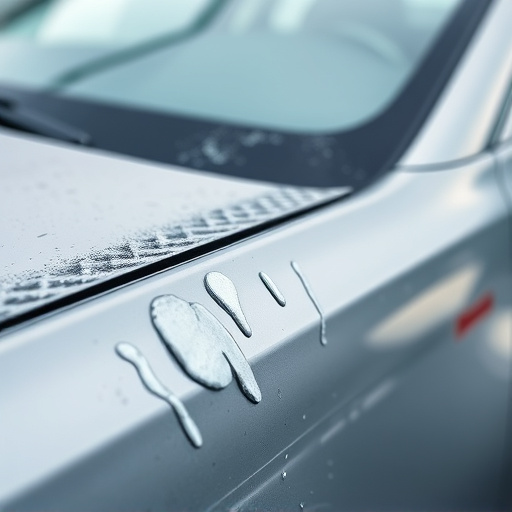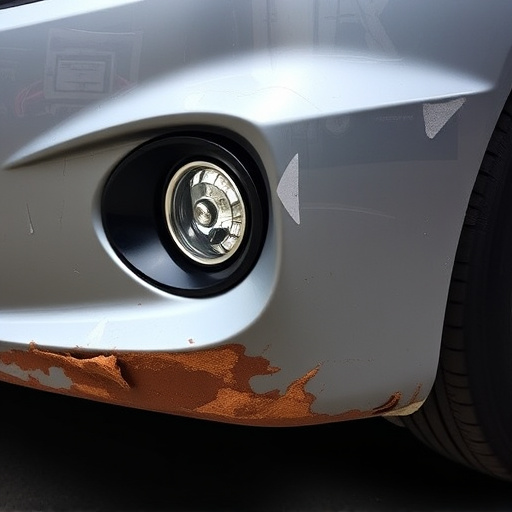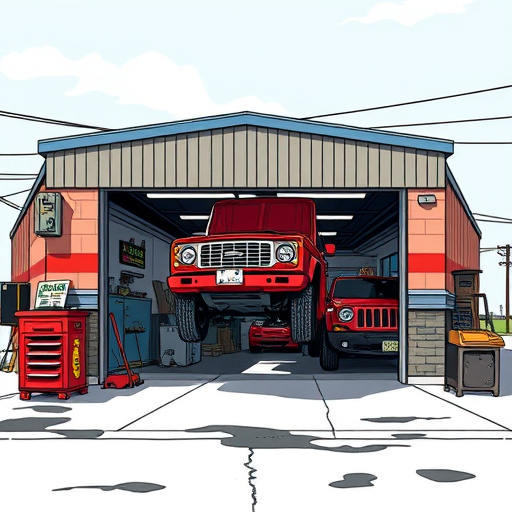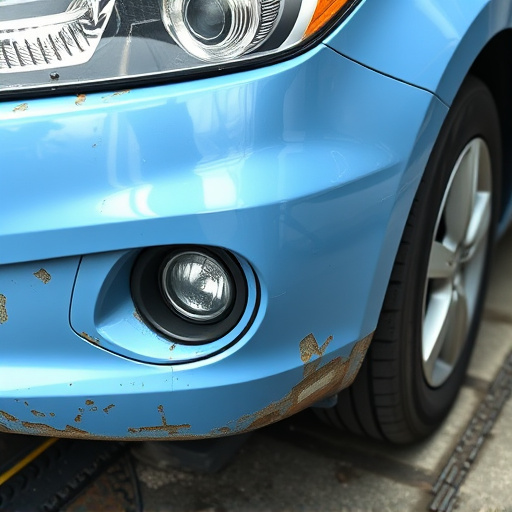The text emphasizes the growing importance of understanding Tesla Supercharger compatibility for electric vehicle (EV) owners, as the global charging network expansion offers both opportunities and challenges. With thousands of strategically located Supercharger stations, Tesla facilitates faster charging speeds and supports long-distance travel. However, navigating compatibility can be complex. The guide aims to simplify this process by explaining how to match your vehicle's charging capabilities with different Supercharger types, ensuring a stress-free charging experience and avoiding potential car damage. It also highlights the future prospects for Tesla Supercharger compatibility, boosting EV adoption and presenting opportunities for auto repair shops specializing in EV services.
“Tesla’s charging network, led by its Supercharger stations, has revolutionized electric vehicle (EV) ownership. However, understanding ‘Tesla Supercharger compatibility’ is key to harnessing this infrastructure. This comprehensive guide deciphers the factors influencing compatibility, offering insights into the current landscape and future prospects. We explore how Tesla’s charging network expansion plans will shape EV accessibility and convenience. By delving into these aspects, we aim to equip owners and prospective buyers with the knowledge needed to navigate Tesla Supercharger compatibility effectively.”
- Understanding Tesla Supercharger Compatibility: A Comprehensive Guide
- The Current State of the Tesla Charging Network Expansion
- Future Prospects and Implications for Tesla Supercharger Compatibility
Understanding Tesla Supercharger Compatibility: A Comprehensive Guide
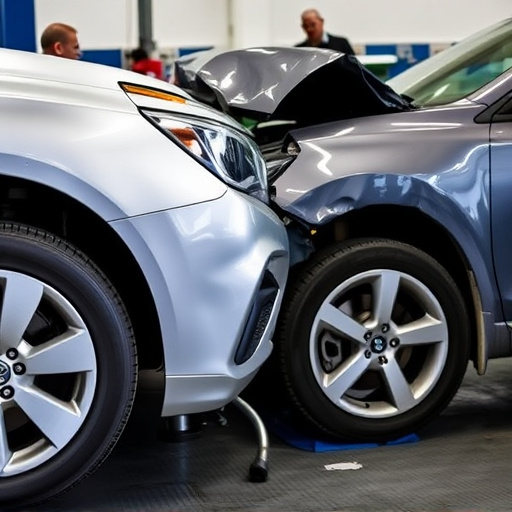
Understanding Tesla Supercharger Compatibility: A Comprehensive Guide
Tesla’s Supercharger network has revolutionized electric vehicle (EV) ownership by providing fast and efficient charging solutions. However, navigating Tesla Supercharger compatibility can be a hurdle for new EV owners. This guide aims to demystify Tesla Supercharger compatibility, ensuring you make informed decisions regarding your vehicle’s charging needs. Knowing which models are compatible with specific Supercharger types is crucial for seamless charging experiences while on the road.
The key to unlocking the full potential of the Tesla Supercharger network lies in understanding your car’s charging capabilities and the varying types of Superchargers available. Whether you’re concerned about car scratch repair due to charging at public stations or need auto frame repair after an accident, ensuring compatibility should be a top priority. By familiarizing yourself with Tesla’s extensive charging infrastructure expansion, you can plan your trips with confidence, knowing that your vehicle will seamlessly connect to the powerful Supercharger network.
The Current State of the Tesla Charging Network Expansion
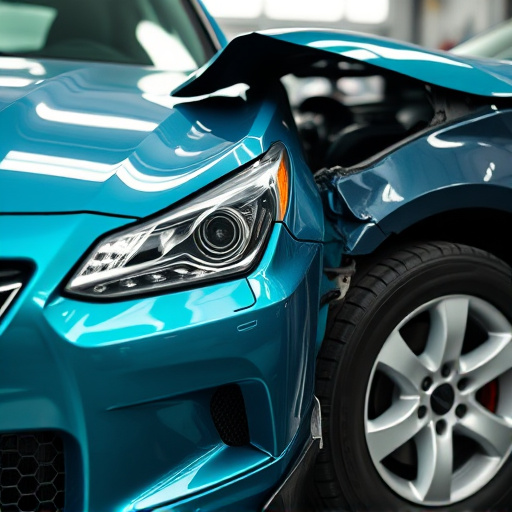
The Tesla Charging Network has seen significant expansion over the years, driven by the company’s commitment to promoting electric vehicle (EV) adoption. As of recent updates, the network includes thousands of Supercharger stations globally, offering fast and efficient charging for Tesla owners. These Superchargers are designed to deliver high-speed charging, reducing charging times compared to standard home or public chargers. The network’s growth has been strategic, focusing on key highways, urban centers, and tourist routes to ensure accessibility for both daily commuters and long-distance travelers.
Tesla’s expansion strategy not only targets increasing the number of stations but also improving their compatibility and interoperability. With advancements in technology, newer Tesla models boast enhanced Supercharger compatibility, allowing for faster charging speeds and broader access to the network. This is particularly beneficial for auto body work specialists and collision repair centers, as it simplifies repairs involving EV-related components, such as battery packs, without requiring specialized fender repair techniques—a testament to how the charging network’s evolution supports a seamless transition towards electric mobility.
Future Prospects and Implications for Tesla Supercharger Compatibility
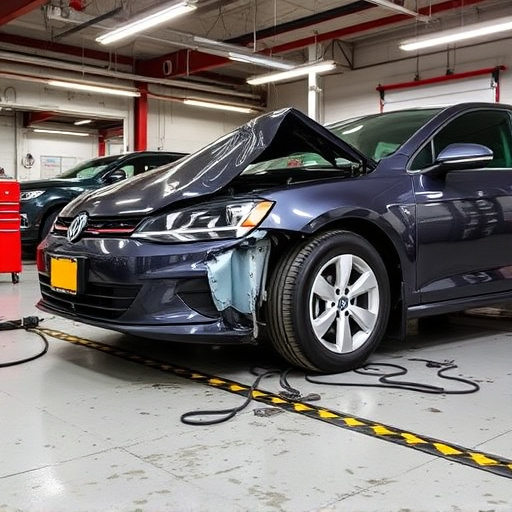
As Tesla continues to expand its global charging network, future prospects for Tesla Supercharger compatibility look promising. The company’s commitment to enhancing its infrastructure ensures that more vehicles will gain access to fast and efficient charging stations, making long-distance travel more feasible for electric car owners. This expansion not only caters to the growing demand for sustainable transportation but also encourages a shift towards wider adoption of electric vehicles (EVs).
The implications of this expanded network are far-reaching, promising not just convenience for Tesla owners but also potential benefits for auto repair shops and vehicle collision repair services. As more EVs hit the road, these businesses may see an increase in demand for specialized services tailored to electric vehicles, including battery repairs, charging system diagnostics, and even car body restoration for damage incurred during accidents or normal wear and tear. This evolution in the automotive industry underscores the need for professionals to stay abreast of advancements in EV technology, ensuring they can provide top-notch service to a diversifying customer base.
Tesla’s charging network, dominated by its Superchargers, continues to expand globally, offering increased convenience and confidence for electric vehicle owners. Understanding Tesla Supercharger compatibility is crucial for navigating this rapidly evolving landscape. As the company pushes towards a more sustainable future, ongoing investments in infrastructure and advancements in charging technology promise to further enhance the overall experience for Tesla drivers worldwide. By staying informed about the latest developments in Tesla Supercharger compatibility, we can anticipate an even more accessible and interconnected electric vehicle ecosystem.
